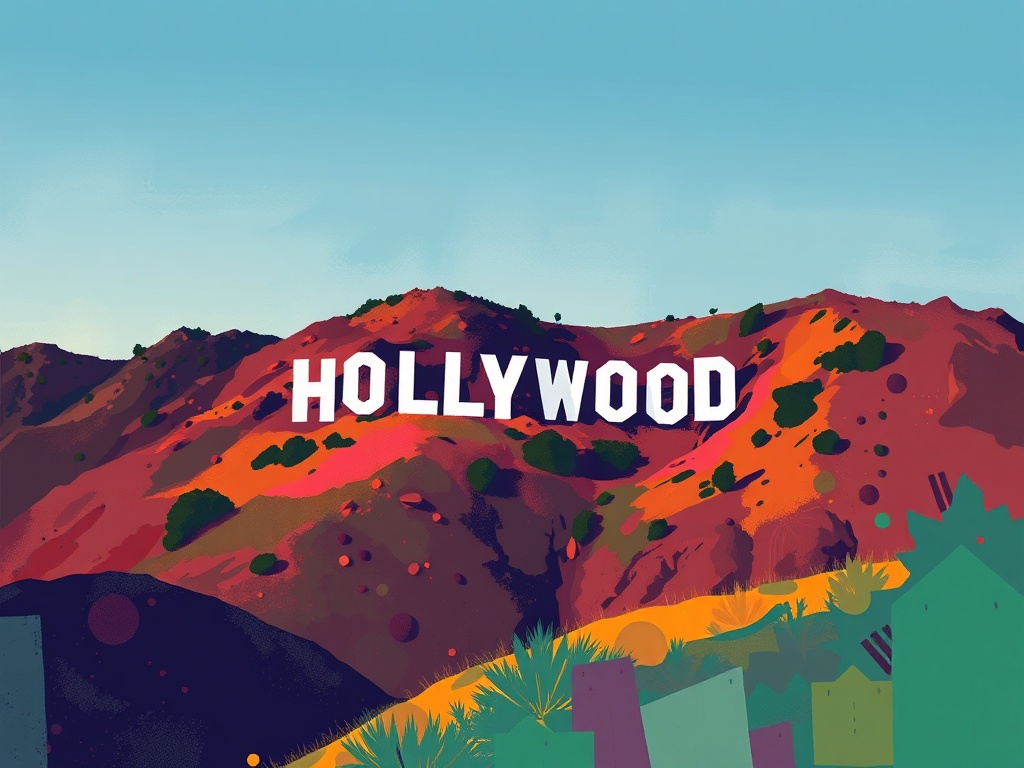Hollywood is in a state of creative reinvention, balancing long-standing studio systems with new audience behaviors and production technologies. The result is a film ecosystem that feels both familiar and radically different: big-budget tentpoles still dominate headlines, but smaller films, technological innovation, and alternative release strategies are reshaping how stories get made and seen.
Shifting release strategies and audience habits
Moviegoing remains a cultural touchstone, but release windows have evolved. Studios increasingly experiment with hybrid models—shorter theatrical exclusives, premium video-on-demand windows, and platform-first debuts—to reach fragmented audiences. That flexibility helps films find a wider range of viewers quickly, while event-driven releases still leverage the theatrical experience for maximum box-office impact. For marketers, the takeaway is clear: tailor campaigns to multiple windows and optimize messaging for both communal cinema and intimate at-home viewing.
The streaming effect on content strategy
Direct-to-consumer platforms have changed the economics of storytelling. Serialized narratives and franchise-building are prioritized because they retain subscribers, but there’s also appetite for curated, auteur-driven projects that bolster prestige and awards visibility. Catalog depth and international appeal are increasingly important; studios are commissioning projects with global audiences in mind, blending local stories with universal themes to capture market share overseas.
Technology transforming production
Cutting-edge production tools are lowering the barrier for imaginative filmmaking. LED volume stages and advanced virtual sets enable realistic, controllable environments without traveling to distant locations—reducing cost and expanding creative possibilities. Remote collaboration tools and more efficient VFX pipelines accelerate post-production timelines, allowing smaller teams to punch above their weight. For independent filmmakers, access to these technologies through rental facilities and co-productions makes ambitious visuals attainable.
Diversity, representation, and audience demand
Representation continues to shape creative choices and box-office performance. Audiences respond to authentic voices and stories that reflect varied experiences, and studios are adapting by investing in diverse talent both in front of and behind the camera. Inclusive casting and storytelling broaden appeal and drive engagement on social platforms where word-of-mouth can make or break a release.
Marketing, fandom, and the attention economy

Promotion is increasingly data-driven. Social media buzz, influencer partnerships, and targeted ad buys are central to building pre-release momentum. Studios cultivate fandoms early through behind-the-scenes content, interactive experiences, and collectible merchandising.
At the same time, cluttered release calendars mean that smarter timing and sustained community-building often trump big, one-time ad spends.
Sustainability and workplace expectations
Eco-conscious production practices are gaining traction as studios commit to greener shoots and unions press for safer, fairer working conditions. Sustainable practices—like reduced travel, recyclable set materials, and energy-efficient lighting—are becoming part of standard production planning, aligning with broader industry and audience values.
What creators and audiences should watch
For creators: diversify distribution plans, think globally, and prioritize authentic voices. Invest in tech and partnerships that allow high-quality production on flexible budgets. For audiences: expect a mix of spectacle on the big screen and intimate, high-quality storytelling at home.
Festival circuits and specialty distributors will remain vital launchpads for distinctive films that don’t fit traditional blockbuster molds.
Hollywood’s future is not a single path but a network of strategies—where theatrical spectacle, streaming convenience, technological innovation, and diverse storytelling intersect. That intersection will keep the industry dynamic, offering new opportunities for filmmakers and fresh experiences for audiences.